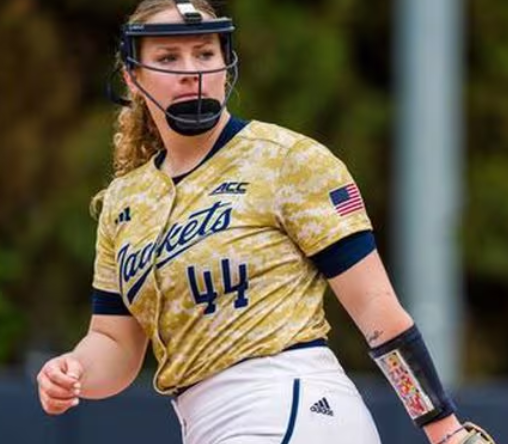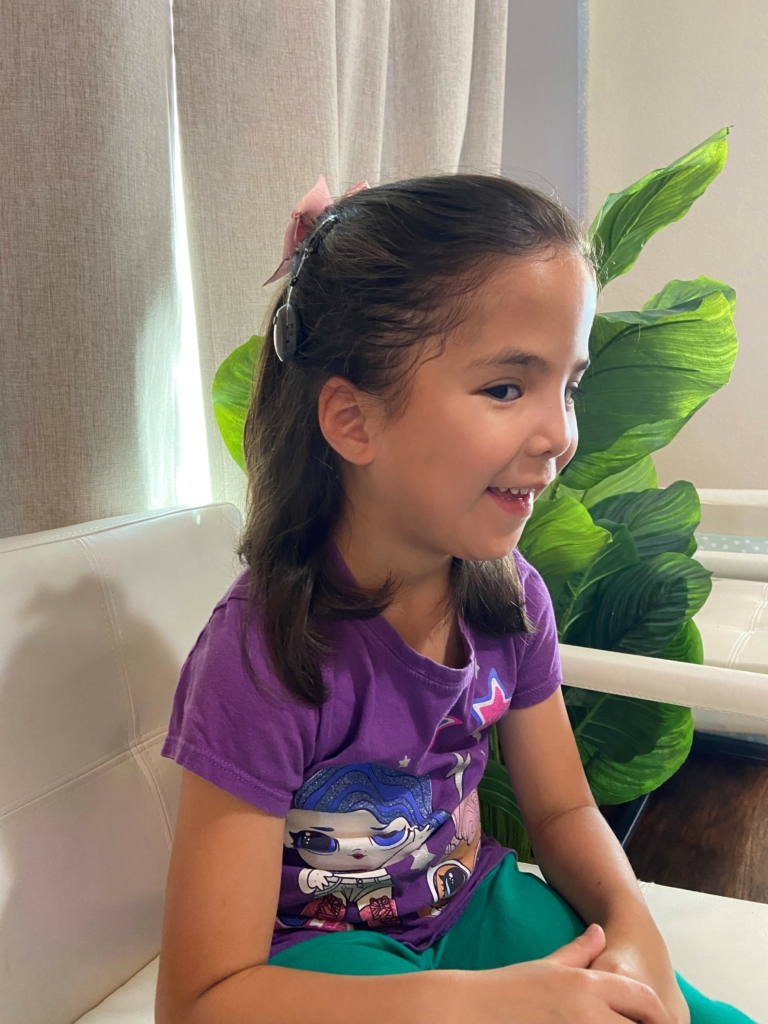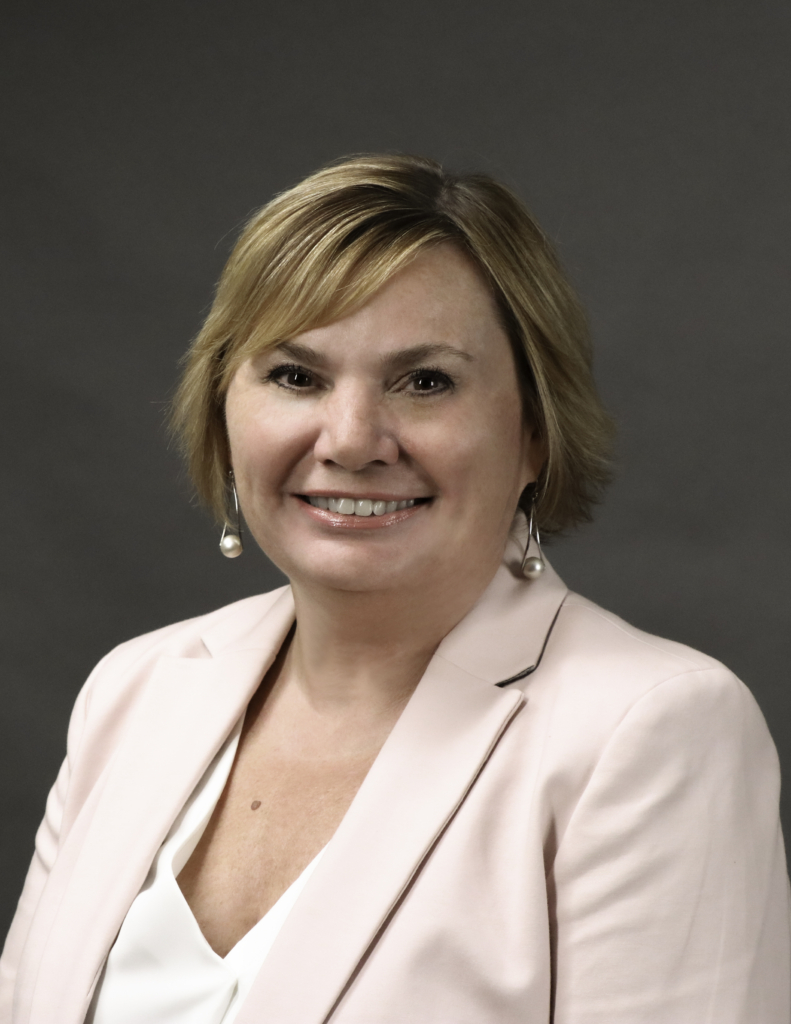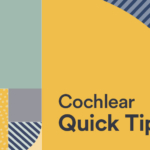To stay connected with not only our internal Cochlear team but also our amazing partners, I am starting a quarterly ‘Message from the President’ to reflect on all our achievements and to look ahead to some of the amazing work we have on the horizon.
As we reflect on the past fiscal year, I am thrilled to share the remarkable advancements that have shaped our organization in FY24. Our mission is to help people hear and be heard, and in the last 12 months, we’ve helped over 40,000 individuals across the United States and Canada hear through new technology or through new systems. Thanks to our Cochlear North America team and professional partners, we have been able to make a profound impact in the lives of our recipients and their families.
Inspiring recipient stories in the news

Georgia Tech softball star Chandler Dennis overcame adversity to excel on the field, making significant contributions to her team. She credits her Cochlear™ Nucleus® 8 Sound Processor to helping her get to where she is today. Click HERE to read more.
Kathy Greer, a Spokane Ironwoman triathlete, competed in her first full Ironman race while wearing a Kanso® 2 Sound Processor, which allowed her to hear all the encouragement throughout the race. Despite her hearing impairment, she trained diligently and conquered the impressive 140-mile race. Click HERE to read more.
Product innovation

In August we launched the next generation Cochlear™ Osia® System Implant – OSI300, an achievement that not only showcases our relentless pursuit of innovation but also our commitment to improving the lives of those with hearing loss. With its capacity for MRI scans up to 3.0 T, without the need for surgery, the OSI300 is a leap forward in our bone conduction system.
Another key moment was the FDA’s approval to lower the age indication for the Osia System to 5-years-old, a decision that has unlocked doors to better access to the latest technology for our younger recipients. The Osia System has been shown to provide clinically significant improvements in high frequency hearing for children.1,2,3 This is a reminder of why we do what we do for our pediatric recipients who need to stay connected through those critical learning years.
Testament to our Values
Celebrating these technological achievements compels us to reflect on the core values that fuel our organization—inclusion, diversity, equity, and accessibility. This year, we have pursued significant strides in embedding these principles into every facet of our operations. By fostering an environment where every voice can be heard, where different perspectives are embraced, and where everyone feels safe to express themselves. We are not just building a better workplace for our employees but also driving progress that resonates throughout the communities we touch.
Celebration: Connecting Virtually
The return of Celebration was a highlight of the year. Nearly 1,000 recipients came together virtually to share their experiences, celebrate milestones, and forge lasting connections. It’s a testament to our wonderful community and the power of shared experiences. We look forward to more Celebrations in the years to come as we reflect on the success of this year.
Looking ahead
It is with a heart full of gratitude that I thank everyone connected to Cochlear – employees, professionals and recipients – for their trust and collaboration this year. Together, we’ve achieved so much and there’s a lot to look forward to in FY25.
Sincerely,
Lisa Aubert
President, Cochlear Americas

References
- ClinicalTrials.Gov ID NCT 0500931
- You, P., A. Choi, J. Drob, S. M. Hunsaker, Y. C. Liu, and R. Silva. 2022. ‘Early Outcomes of a New Active Transcutaneous Bone Conduction Implant in Pediatric Patients’, Otol Neurotol, 43: 212-18.
- Florentine, M. M., J. Virbalas, and D. K. Chan. 2022. ‘Early surgical and audiologic outcomes of active, transcutaneous, osseointegrated bone-conduction hearing device (Osia 2® system) placement’, International Journal of Pediatric Otorhinolaryngology, 156.


